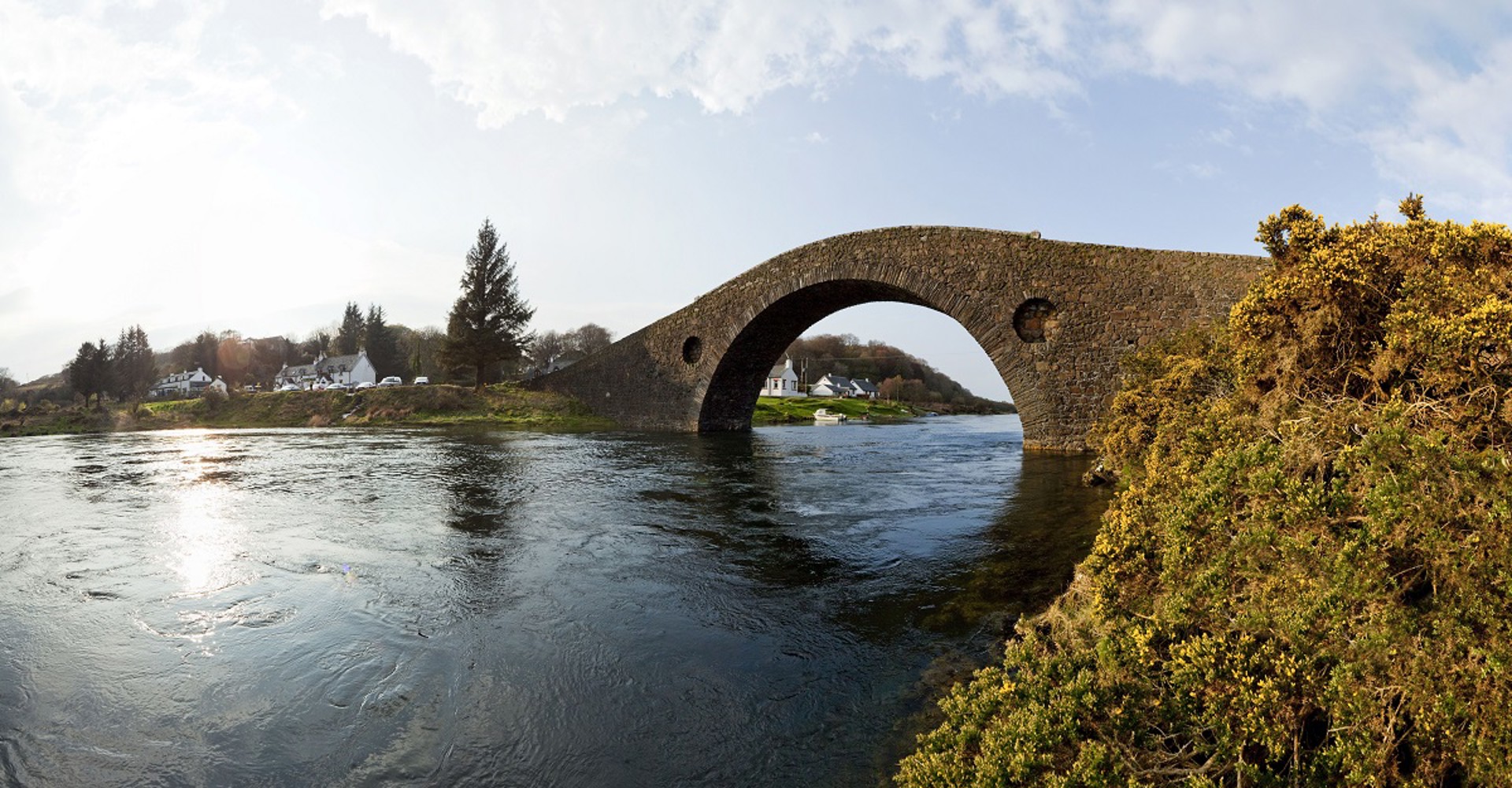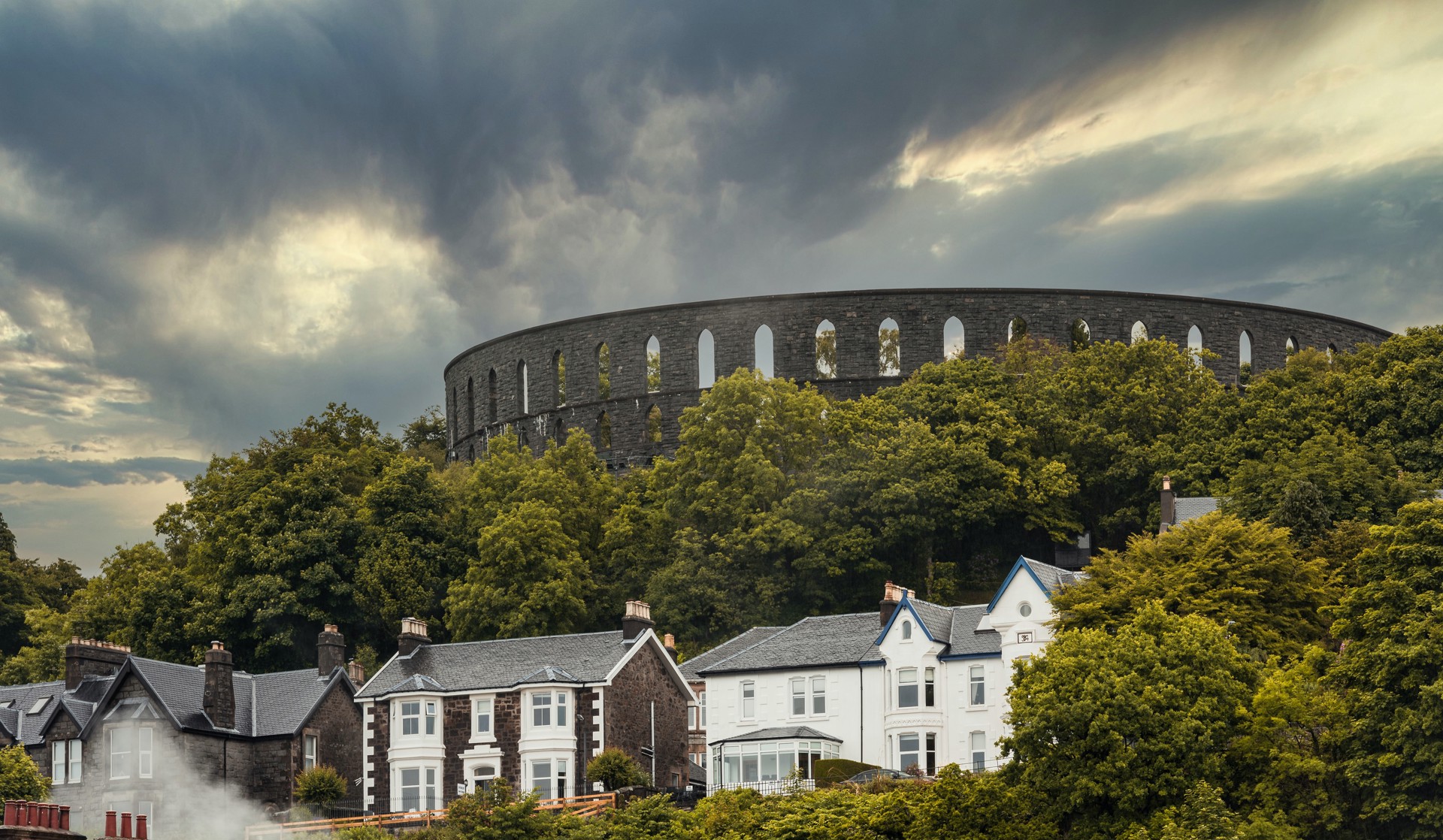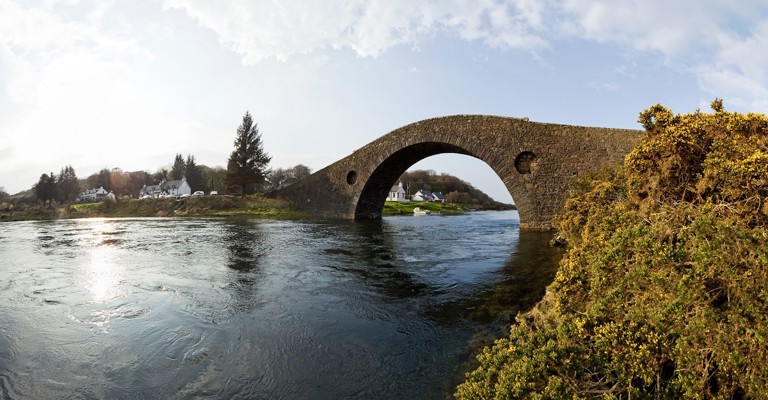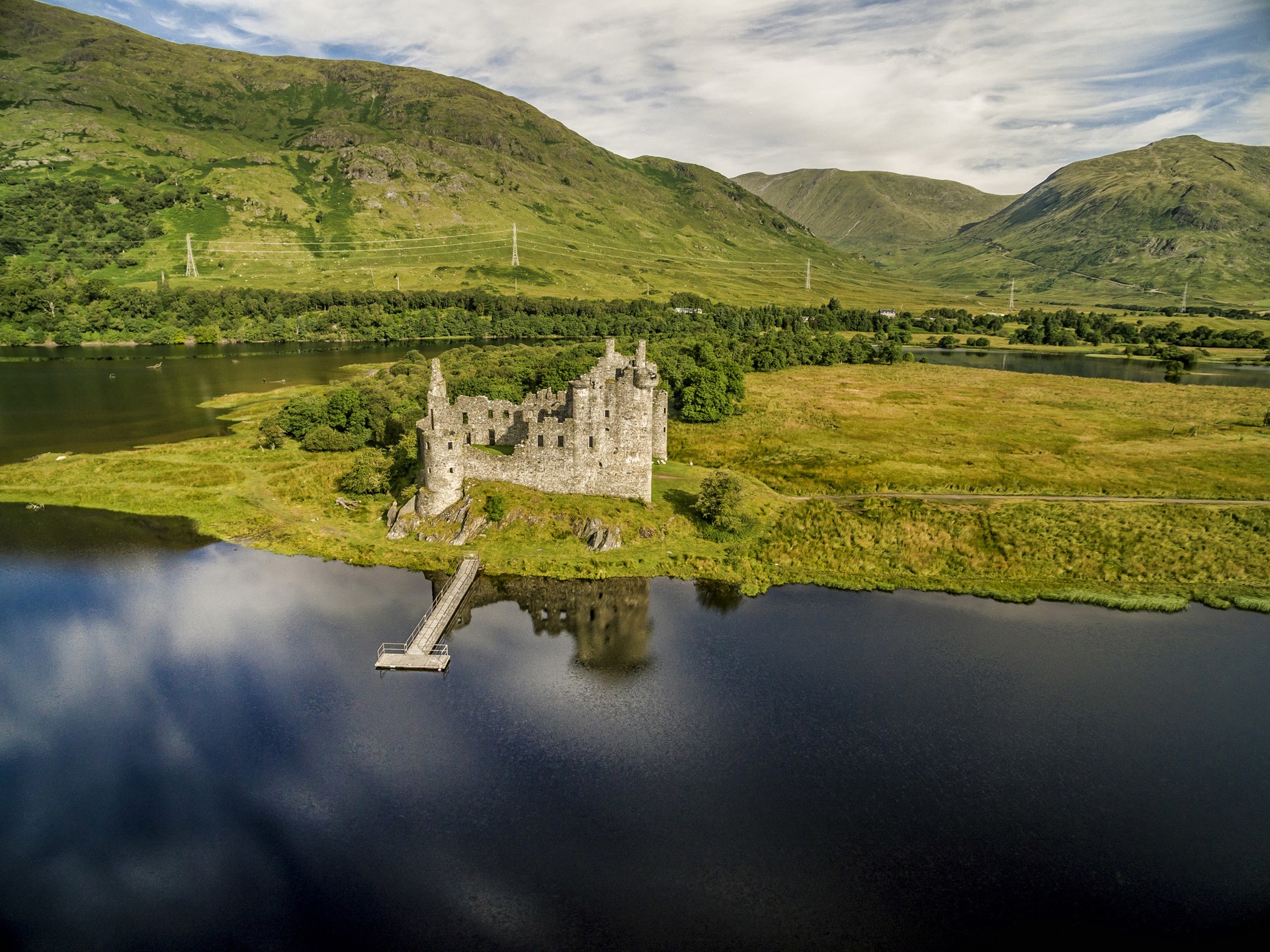


Day Trip from Oban to the Isle of Seil: 6 reasons to cross the Atlantic by bridge
Discover Scotland's Adventure CoastJust 10 miles south of Oban lies the island of Seil, the most northerly of the Slate Isles. This Hebridean island makes for a fabulous day trip from Oban. As well as stunning scenery and wonderful walking, there’s a wealth of history to discover. And there’s no need to worry about ferry timetables to reach this Scottish island. It’s separated from mainland Argyll by the thinnest of channels, which is spanned by a delightful humpback bridge.
Here are six good reasons to bridge the gap and head to Seil.

Cross the Bridge over the Atlantic
Follow the A816 south of Oban and you come to a minor road heading west signposted the ‘Atlantic Bridge’. Who could resist? The Clachan Bridge, also known as the ‘Bridge Over the Atlantic’, was built in 1792 by engineer Robert Mylne. The single-arched bridge is steeply humped so small vessels can pass underneath. The historic Tigh an Truish Inn sits just over the bridge. The name means house of the trousers and comes from the period after the 1745 rebellion when the Government banned the use of the Gaelic language and the wearing of tartan and the kilt. It was here that islanders heading for the mainland would change from their traditional garb into trousers.

Visit the glorious gardens
The glorious grounds of An Cala were created in the 1930s. Colourful plants, natural rockeries, a waterfall and a small, winding stream make for an exquisite experience. It’s a wonderful place to spend a few hours, with breath-taking views across the sea to the Hebrides. Don’t miss the cherry trees in spring. An Cala is closed for the 2016 season, so put it on your list for next year. You could also visit nearby Ardmaddy Castle Gardens, which is open all year round. On the mainland, it has a spectacular setting, magnificent walled garden and a lovely woodland walk.

Delve deeper into the history of the Slate Islands
The former slate-mining village of Ellenabeich on Seil is home to the Slate Islands Heritage Centre. Housed in a former slate quarrier’s cottage, the museum’s fascinating displays give a real insight into the social and industrial life of the Slate Islands, including Seil, Easdale, Luing and Belnahua, and the people who worked in the industry. Browse the photographs, artefacts and genealogical records. Find out how the industry, which lasted for centuries, shaped the very landscape. Slate quarrying continued at Ellenabeich until 1881 and on neighbouring Easdale until 1911. Ellenabeich itself is a picturesque village, with neat white terraces of workers’ cottages, and well worth exploring. There’s a lovely restaurant and fabulous views over the Firth of Lorne.

Stay at WildLuing for an unforgettable experience.
Tee over the sea
The nine-hole Isle of Seil golf course is a cracker. This almost flat course has a great location, built next to the narrow strip of the Atlantic that separates the island from the rest of Argyll. The course is full of challenges, with several holes over water – two over the sea – and no bunkers. Visitors are more than welcome. Just turn up and pay the green fees at the Post Office/shop in Balvicar.
Take a boat trip
Sealife Adventures offers wildlife-watching boat trips from the pontoon at Clachan Seil. See whales, dolphins, eagles, seals and more on an adrenaline-fuelled, water-based adventure. All trips visit the world’s third largest whirlpool in the Gulf of Corryvreckan. If you fancy leaving the car behind, you can catch a West Coast Motors bus from Oban to Clachan Seil.

Sail and Anchor up at Puilladobhrain
This sheltered anchorage on the north west of Seil - famous among the sailing community – is a beautiful spot to weigh anchor. It feels wonderfully remote, but come ashore and it’s just a ten-minute walk along a well-trodden path to the Tigh an Truish Inn where you can enjoy fabulous food (try the langoustines) and real ale. In early spring, primroses and bluebells cover the banks around the anchorage. Look out for herons and otters.

From Seil you can also visit the neighbouring Slate Islands of Easdale and Luing. Catch the passenger ferry to Easdale from the small pier at Ellenabeich. Head to the small village of Cuan at the island’s southern tip for the five-minute ferry crossing to the island of Luing. If you fancy being a world champion, then try the World Stone Skimming Championships, which is held every year on the last Sunday in September on Easdale.





